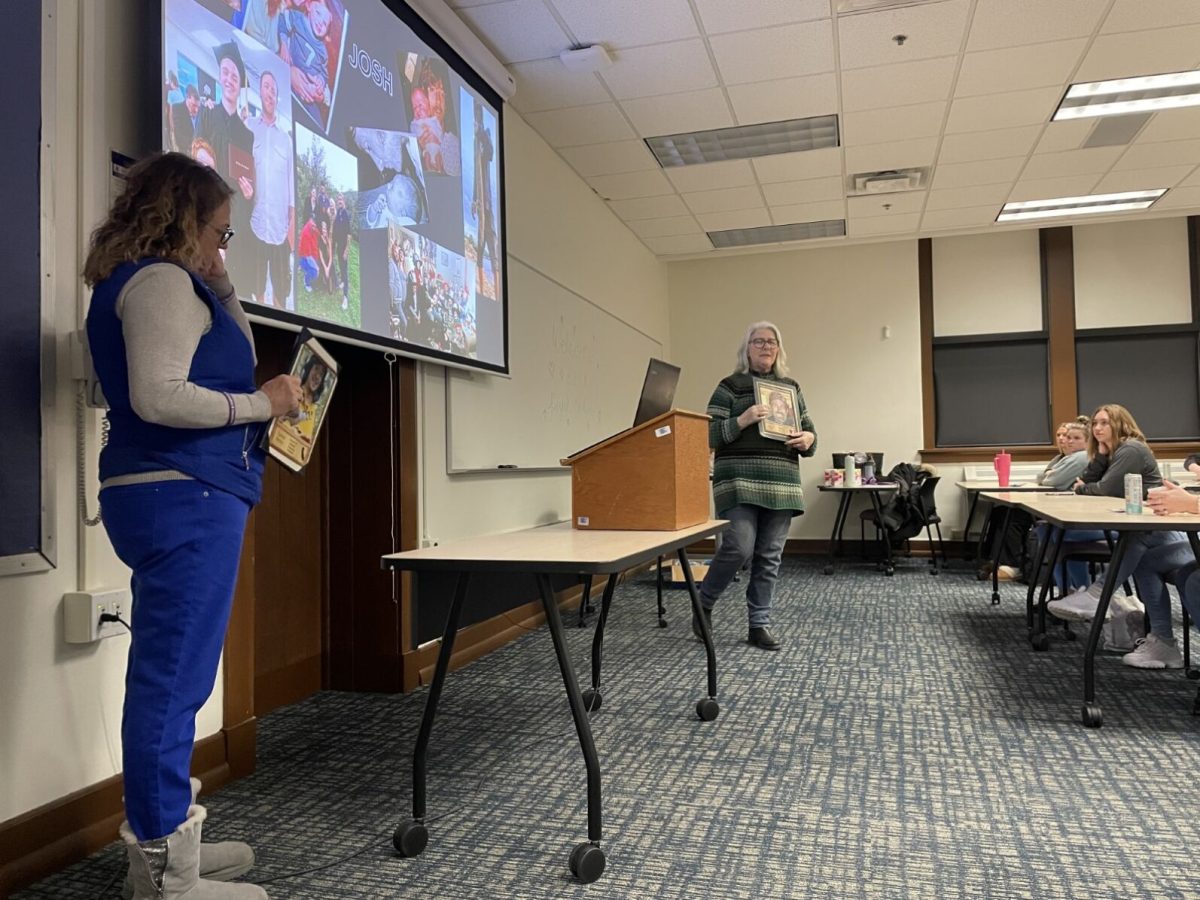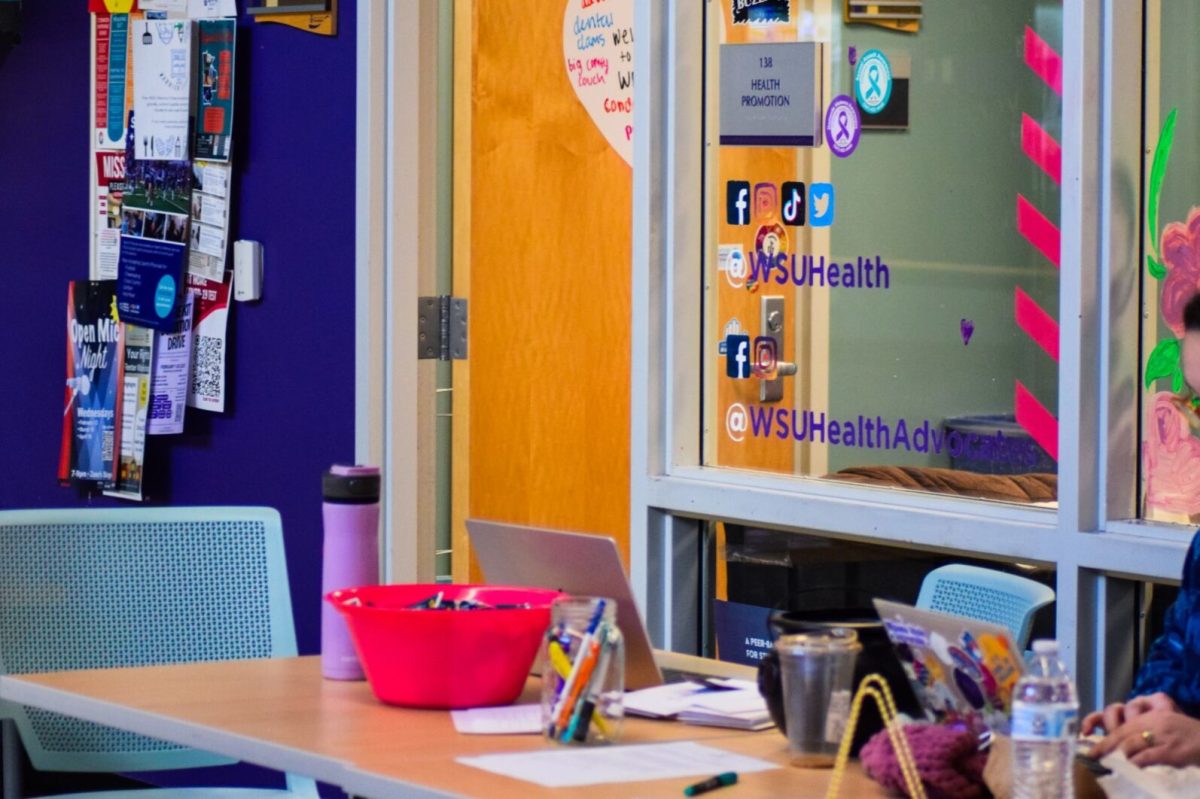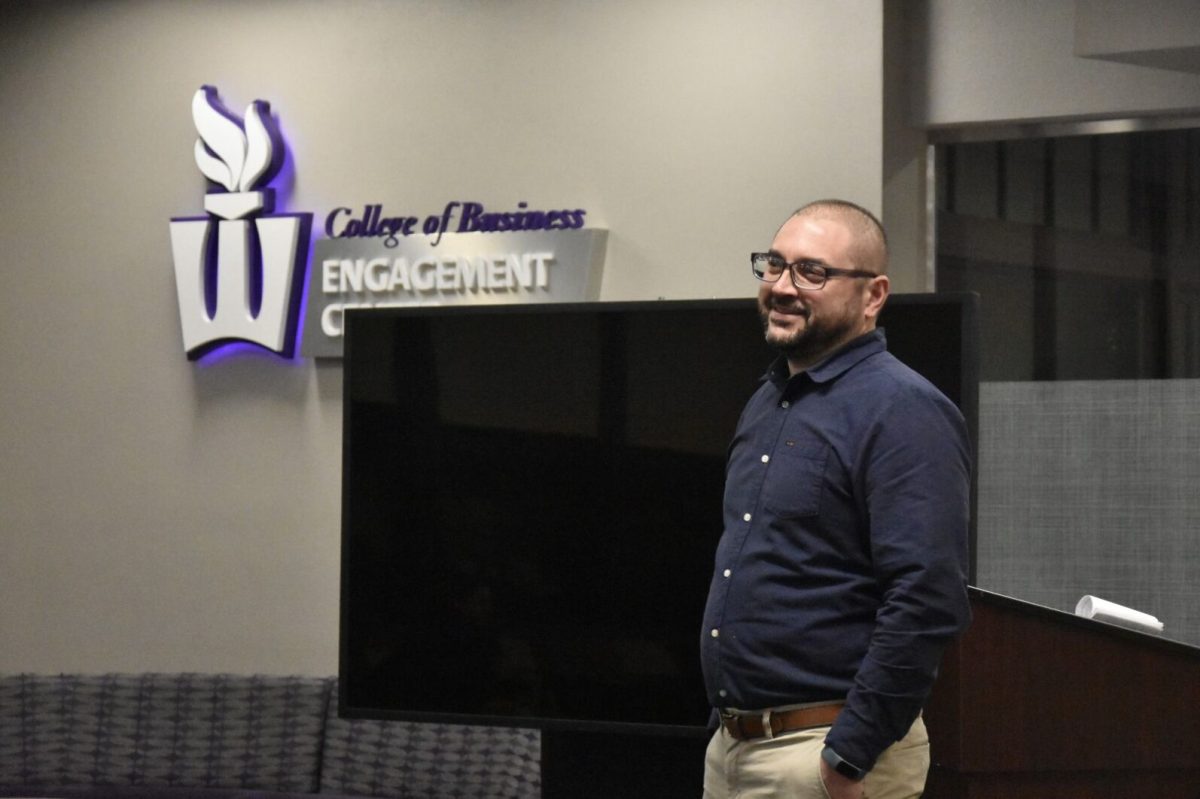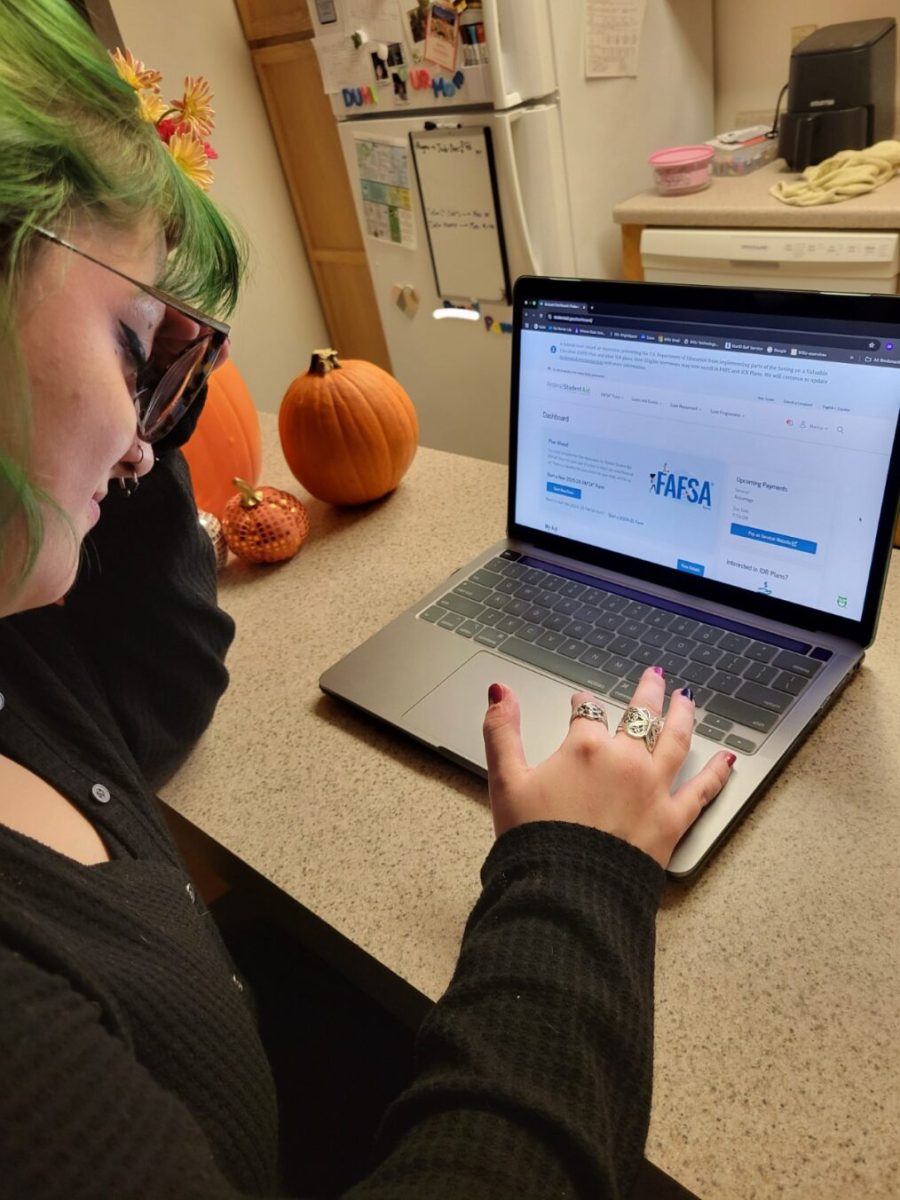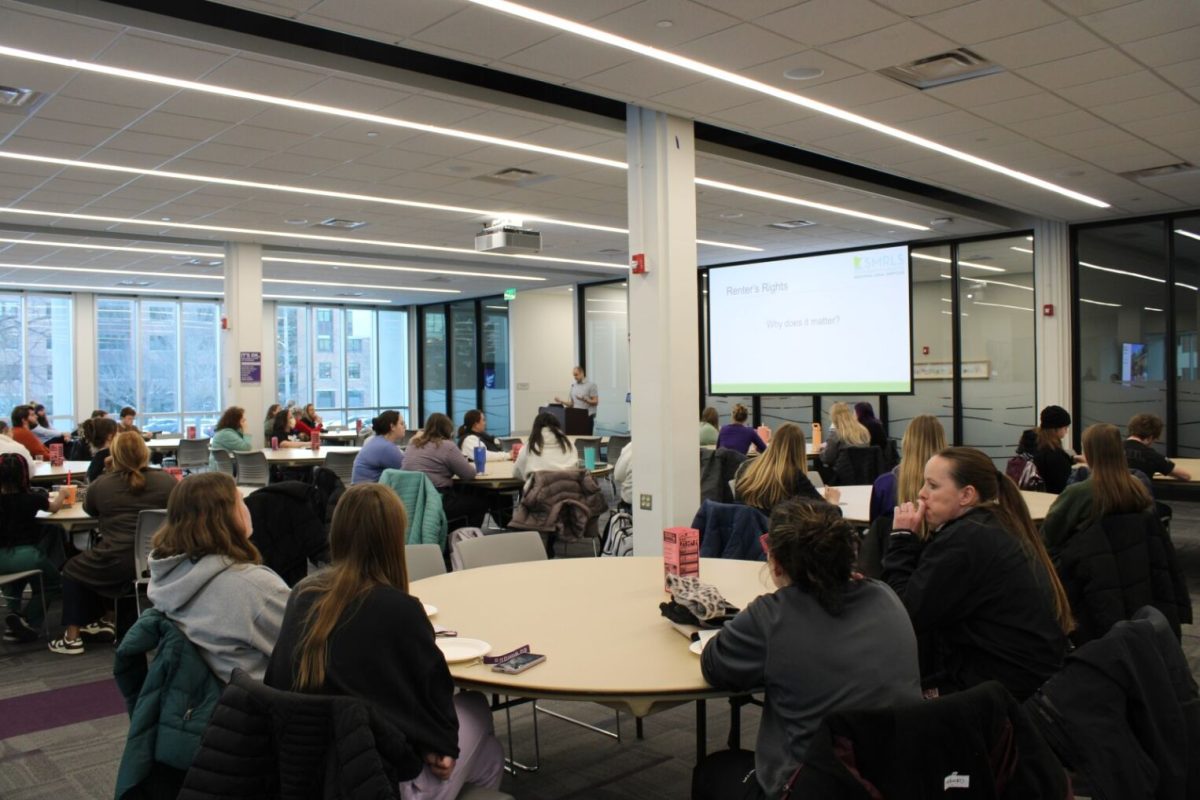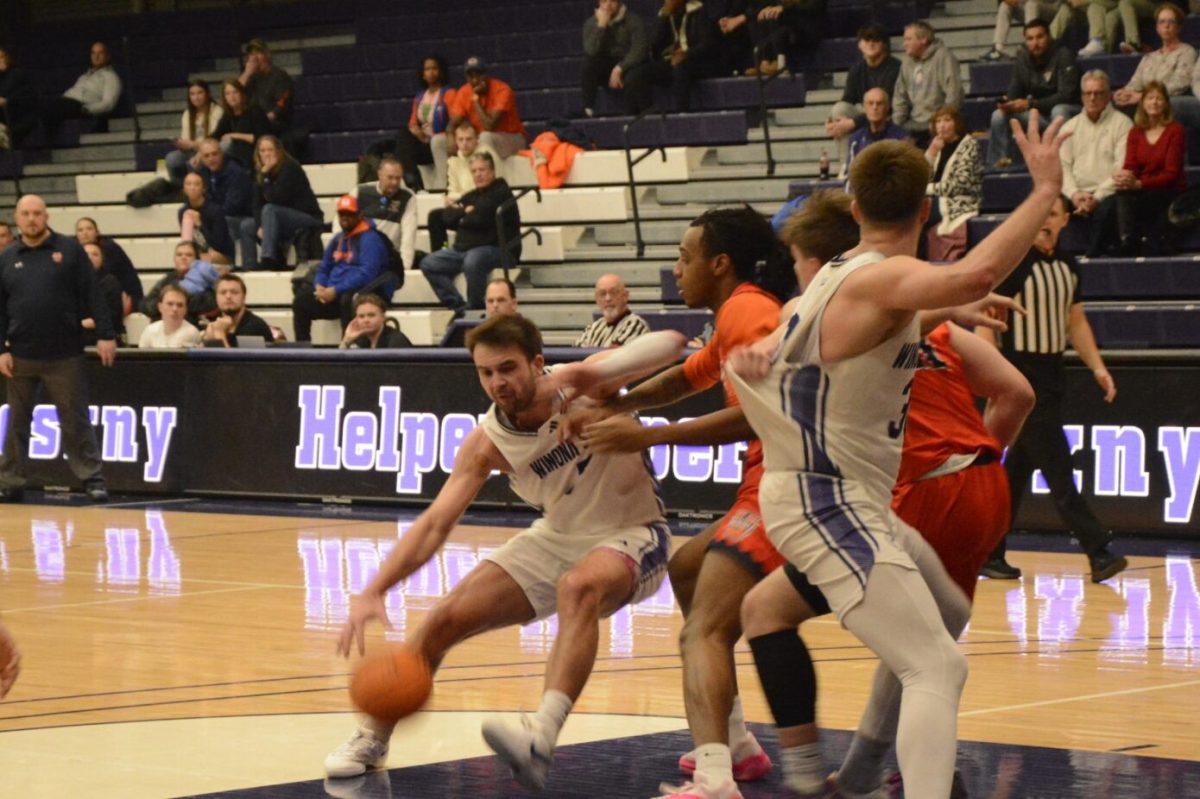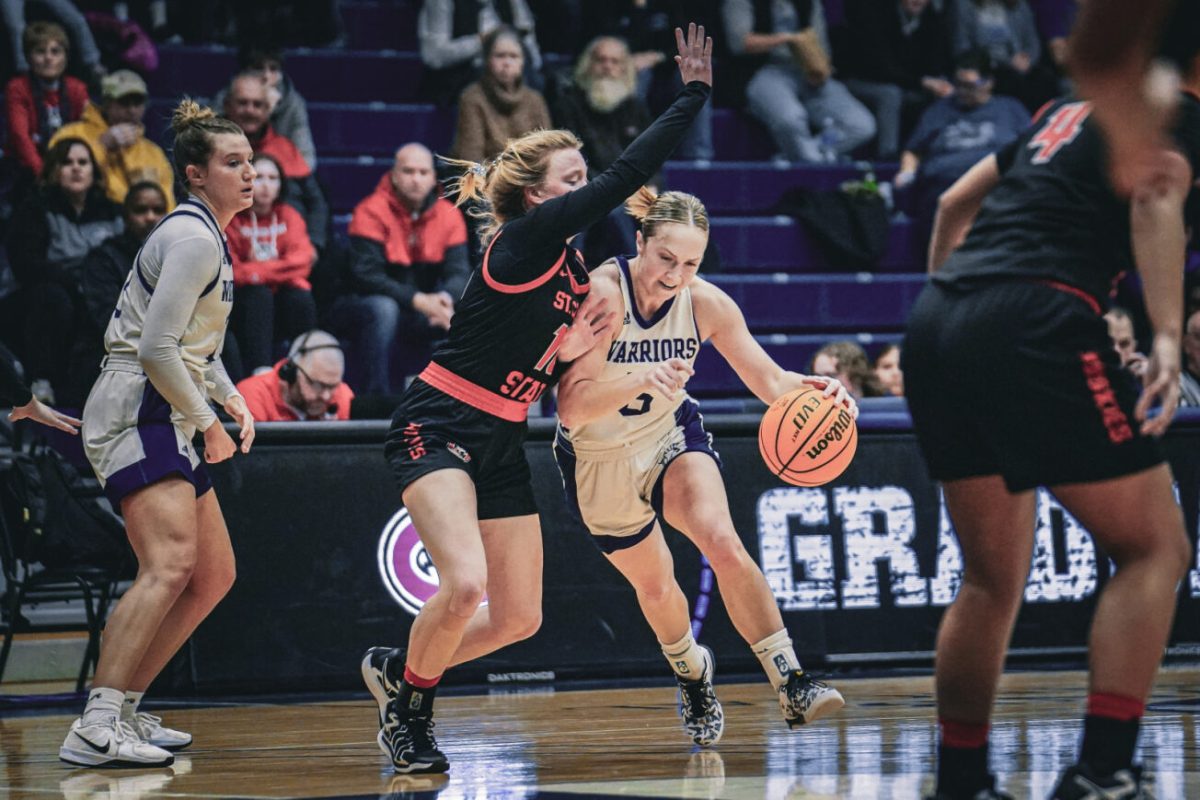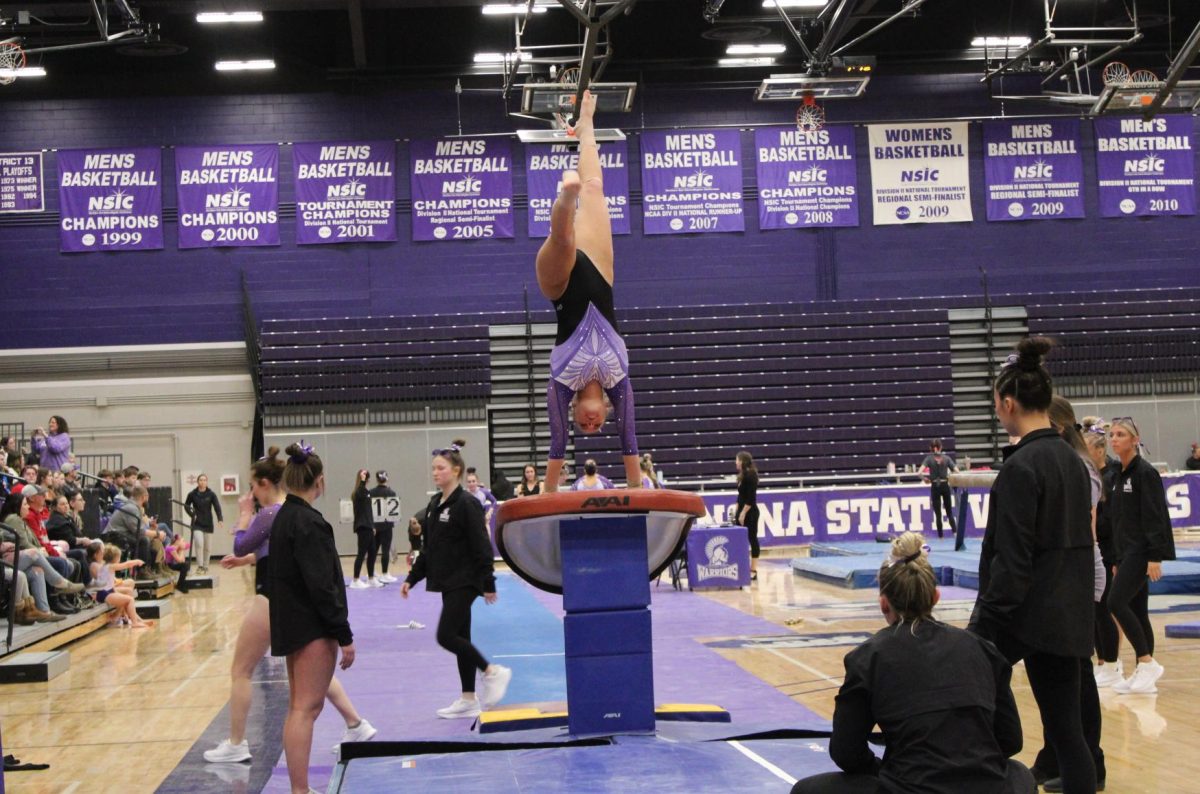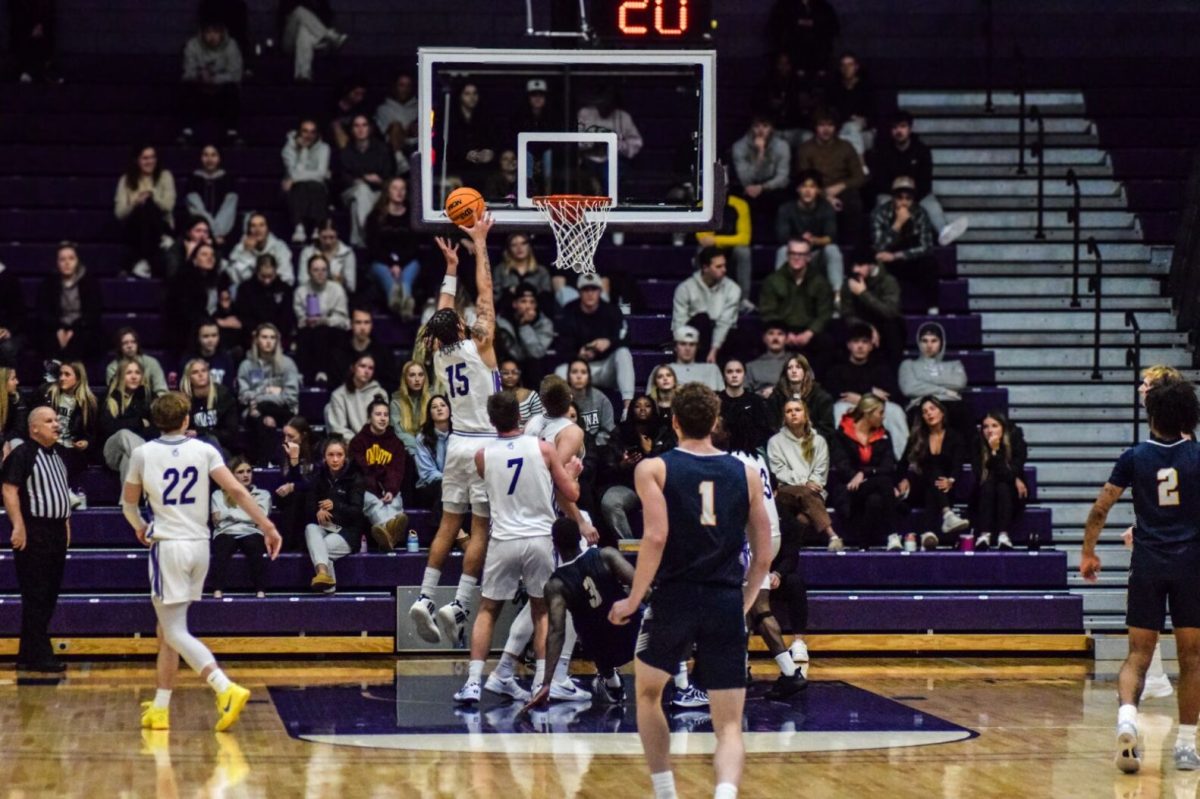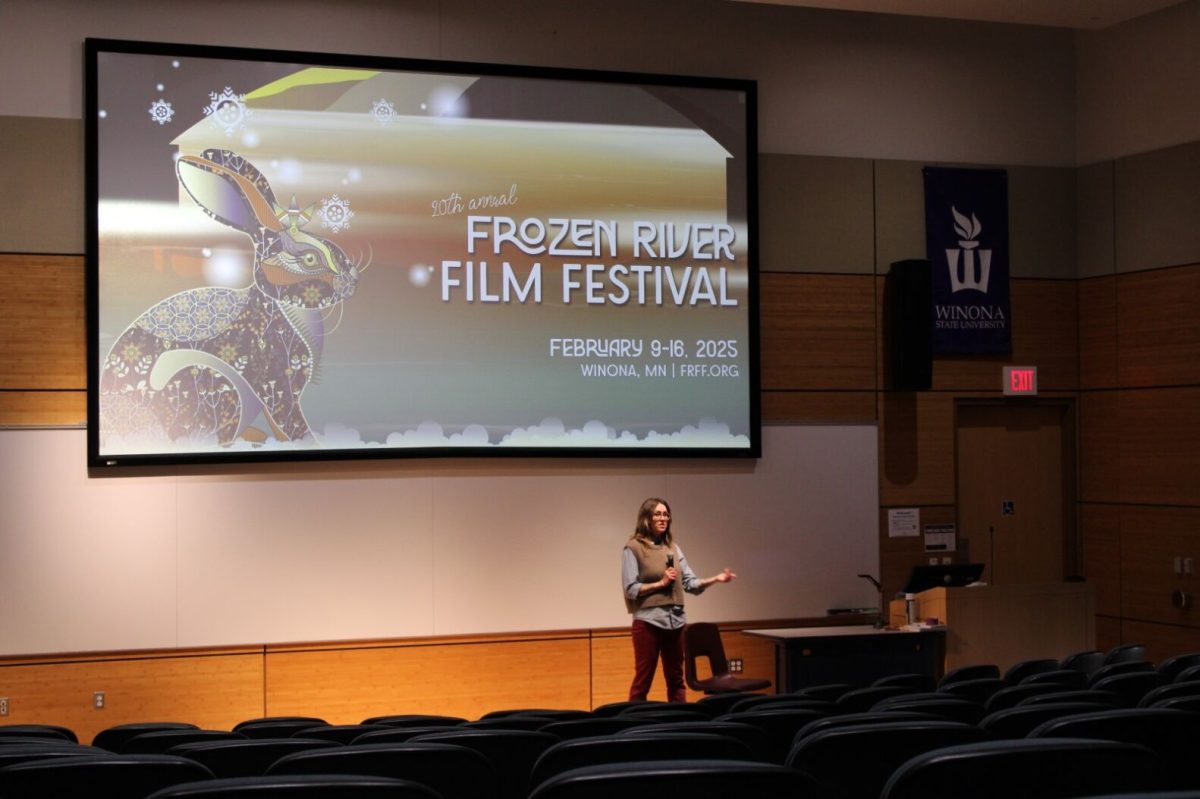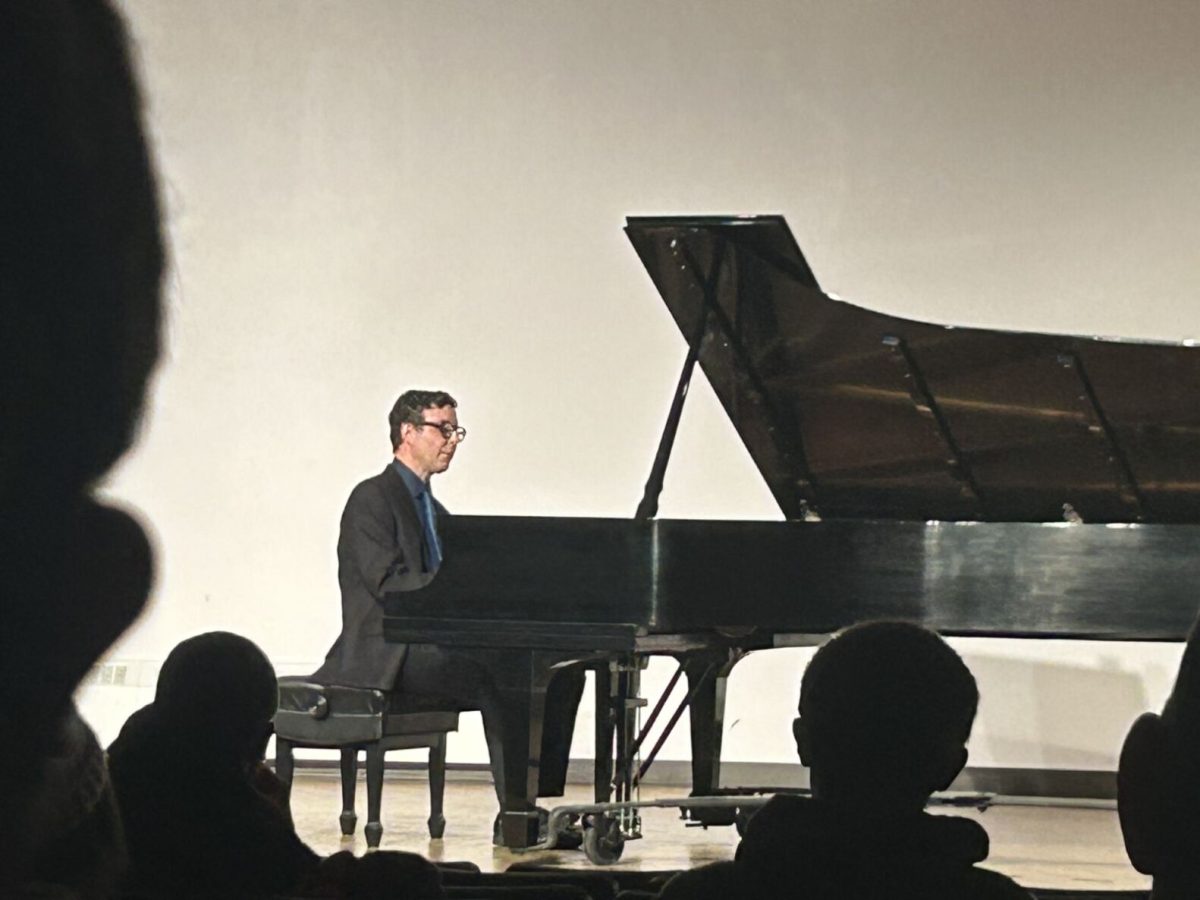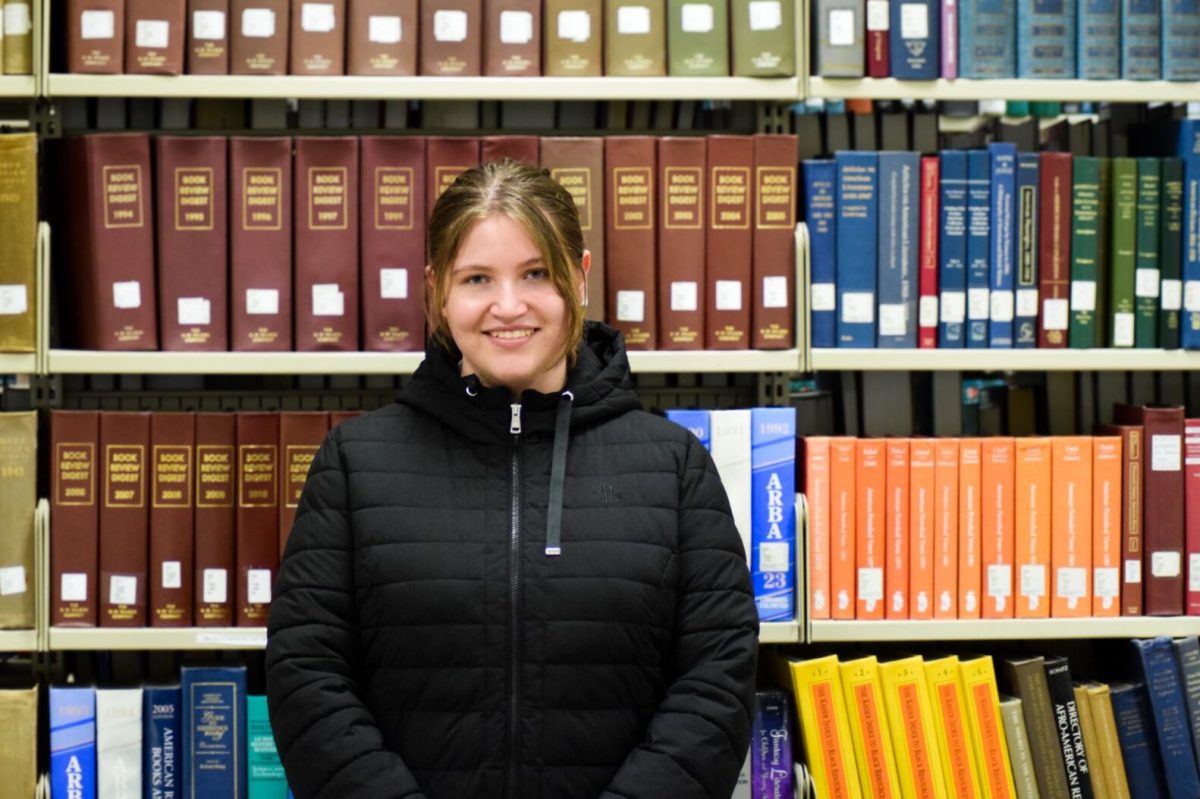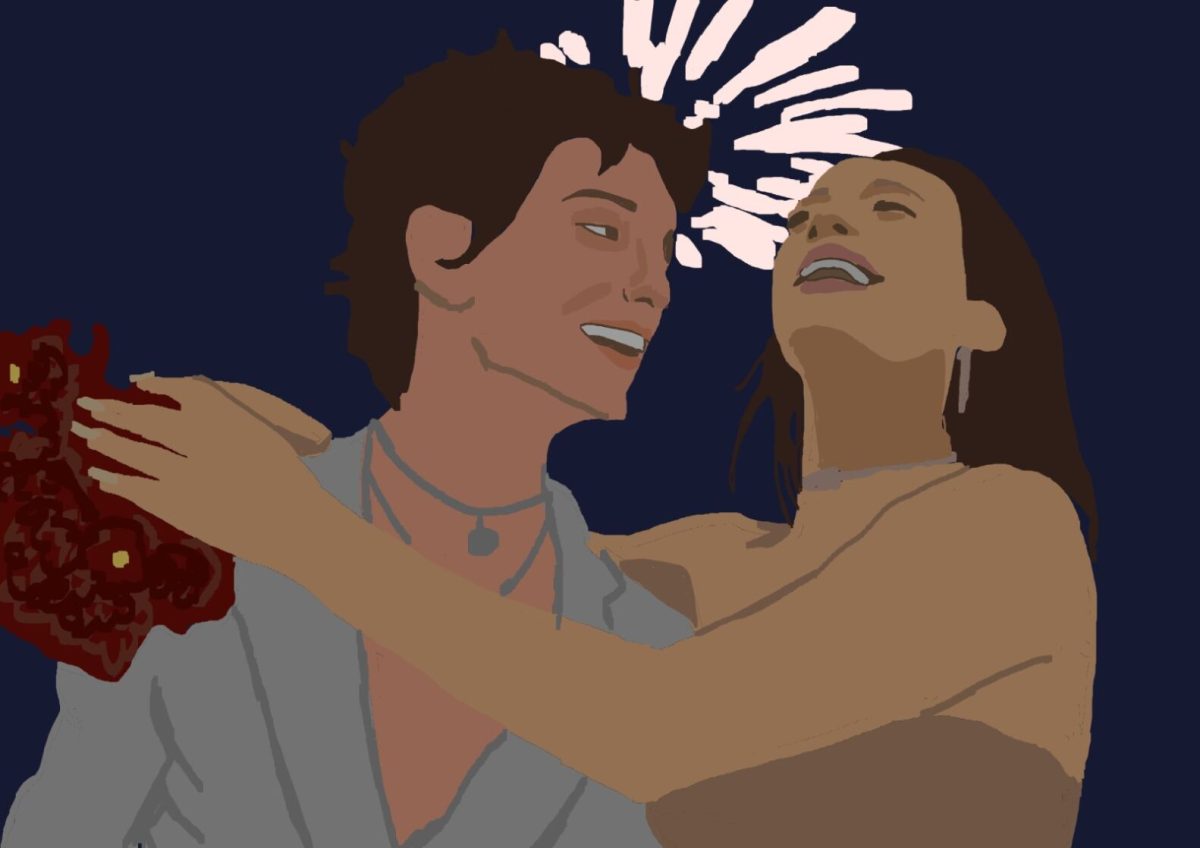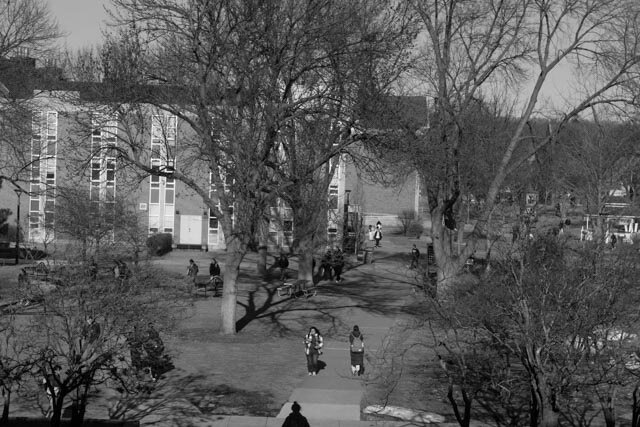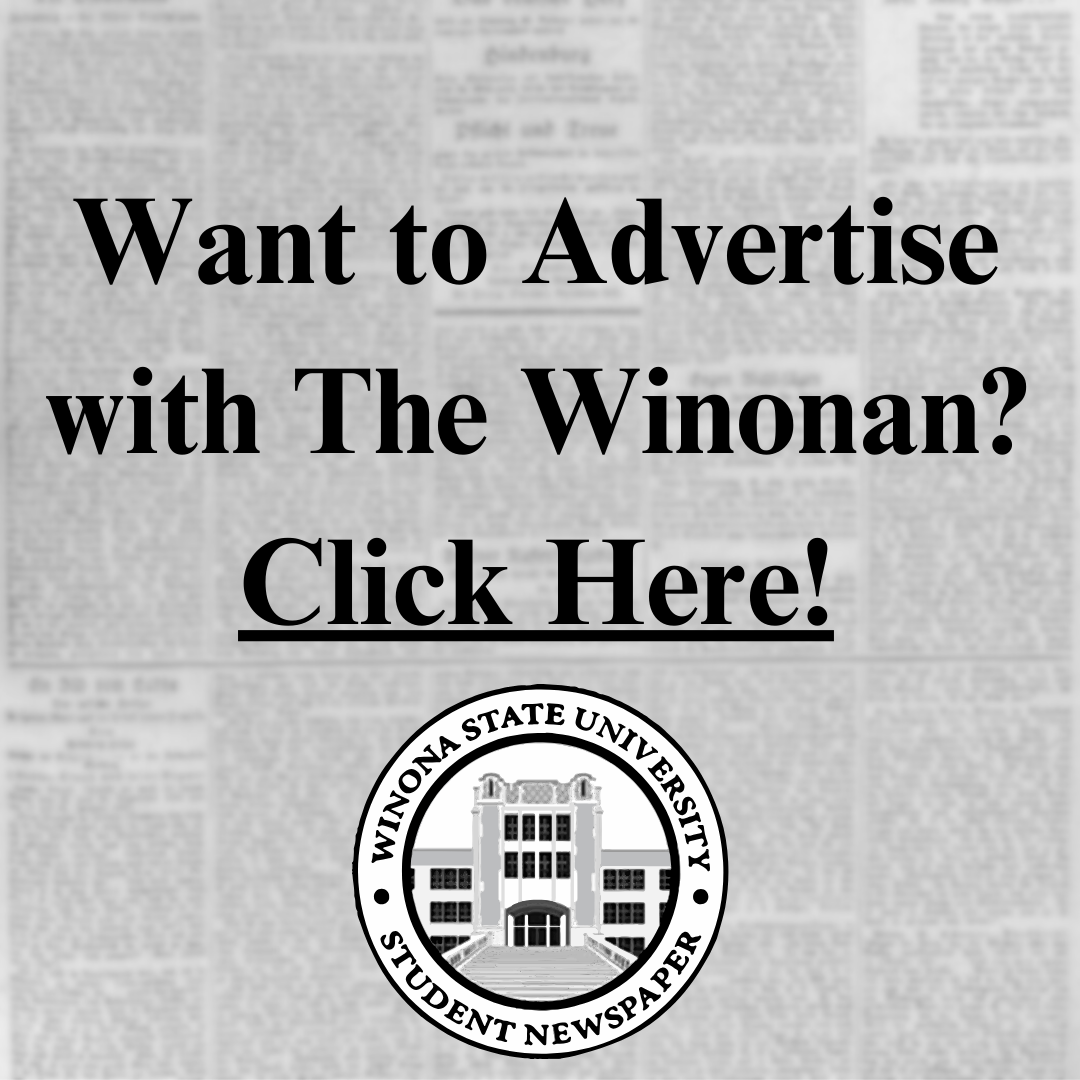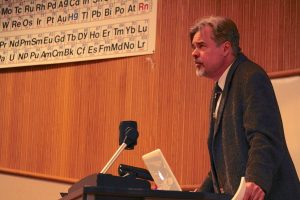
Sarah Pickar/Winonan
Molly O’ Connor/Winonan
Jay Walljasper, author of “All That We Share: A Field Guide to the Commons”, spoke at Winona State University on Thursday, Feb. 7, sharing tips on how to strive toward the goal of creating local partnerships and the benefits of strengthening a community.
He brought to light the idea of brightening the future of communities by pulling people together, incorporating the use of commons.
“What is ‘commons’?” Walljasper asked the audience.
“Commons is a new way of looking at the world.”
Commons, a simple term Walljasper used throughout the course of the presentation, is a place and resource open to everyone to equally use and enjoy.
Commons could be anything ranging from food and water, to public spaces and even the Internet. However, Walljasper pointed out that the commons could be lost in two ways: “in big gulps, or little nibbles.”
The presentation focused on the ties that could potentially bind a town or small community together, bringing people closer as well as becoming more open, thus creating a safer environment to live in.
With this in mind, Walljasper went on to list several options on how to “make a community attractive, safer and better in years to come.”
“Give people a place to hang out, something to see, something to do together.” Walljasper said, pointing out the importance of bringing people together.
As he gave examples of towns and cities throughout the world, ranging from places such as Minneapolis, Minn., to the city of Copenhagen, Denmark, Walljasper declared that by bringing people outside together, enjoying an event in a public space, the possibilities open up the community and make it a more welcoming environment.
Other ideas to bring together the people of a society and preserving the commons included the concepts of opening up spaces for people to sit, bike and walk.
“By allowing people to sit, it provides a more welcoming community for people to relax and sit together… through biking, people can engage themselves in the town and it’s surroundings…walking is an important part of people’s lives. Anyone can do it,” Walljasper said.
The presentation concluded with a question and answer session from audience members, questioning the preservation of Winona’s very own commons (such as the public parks and even the sidewalks around downtown).
One member of the audience questioned the capabilities college students had to spread the word about the commons.
On Walljasper’s website, www.onthecomnons.org, there were details provided on how students could get involved in the preservation of the local commons.
For instance, by becoming aware that commons are everywhere on campus and elsewhere, as well as observing the local businesses that contribute to the commons, students who consider themselves commoners can bring the notion of public spaces and their importance to light in conversations in daily conversations and participating in movements to protect what is shared.
Walljasper’s discussion brought up points on how neighborhoods can finally begin to feel free and more welcoming.
After providing tips and suggestions on how to move forward, Walljasper concluded with a quote from E.B. White, summarizing the value of these goals: “I arise in the morning torn between a desire to improve the world and a desire to enjoy the world. This makes it hard to plan the day.”
Contact Molly at MOConnor10@winona.edu


